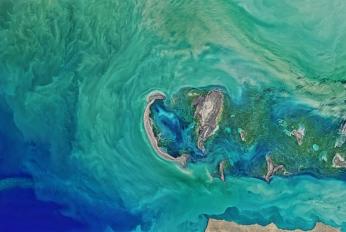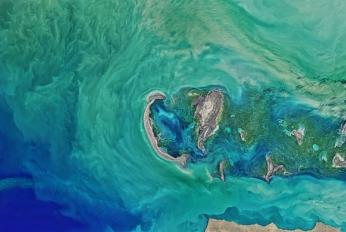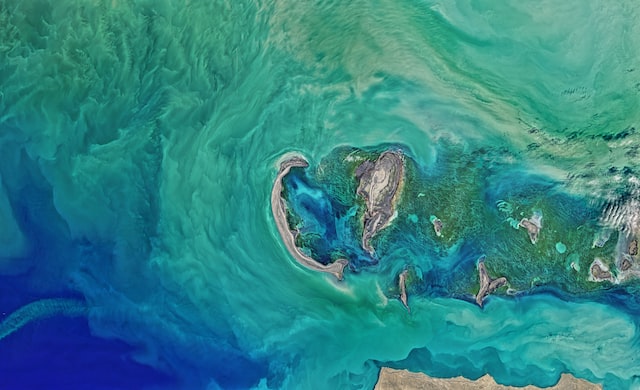Documents
This section features public documents and files uploaded by the stakeholders and custodians of the Caspian Sea environment.
 Caspian Environment Programme - Transboundary Diagnostic Analysis Revisit (2007)Tue, 12/06/2018 - 11:59The CEP TDA Revisit was completed in December 2007 following an intensive desk study of materials collected from the second phase of the Caspian Environment Programme. The intention of the CEP TDA Revisit is to provide a follow on review of the priority transboundary issues, to assess the efforts conducted during the CEP Pha
Caspian Environment Programme - Transboundary Diagnostic Analysis Revisit (2007)Tue, 12/06/2018 - 11:59The CEP TDA Revisit was completed in December 2007 following an intensive desk study of materials collected from the second phase of the Caspian Environment Programme. The intention of the CEP TDA Revisit is to provide a follow on review of the priority transboundary issues, to assess the efforts conducted during the CEP Pha
- Description
The CEP TDA Revisit was completed in December 2007 following an intensive desk study of materials collected from the second phase of the Caspian Environment Programme. The intention of the CEP TDA Revisit is to provide a follow on review of the priority transboundary issues, to assess the efforts conducted during the CEP Phase II implementation, and to extrapolate where additional efforts are warranted. The SAP and NСAPs are reviewed followed by an analysis of the priority areas of concern as identified in the SAP. The issues addressed in the TDA are: decline in biodiversity; decline in environmental quality (pollution); decline in bioresources (fisheries); decline in coastal infrastructure and habitat; and impacts of the oil industry in the region. This is supplemented by an analysis of governance mechanisms, socioeconomic conditions in the region, and stakeholder analysis and public involvement strategy.
- Attached documents
- Metadata
- Year
- 2007
 Caspian Environment Programme - Caspian Seal Conservation and Action Plan (2007)Tue, 12/06/2018 - 11:45The seal is the only marine mammal in the Caspian Sea, feeding on tulkas and other small fish, and preyed upon by land animals. It is an endemic species for the Caspian Sea and is vulnerable on that point of view. During its life history the Caspian seal migrates from the frozen North Caspian waters in the winter to the Sout
Caspian Environment Programme - Caspian Seal Conservation and Action Plan (2007)Tue, 12/06/2018 - 11:45The seal is the only marine mammal in the Caspian Sea, feeding on tulkas and other small fish, and preyed upon by land animals. It is an endemic species for the Caspian Sea and is vulnerable on that point of view. During its life history the Caspian seal migrates from the frozen North Caspian waters in the winter to the Sout
- Description
The seal is the only marine mammal in the Caspian Sea, feeding on tulkas and other small fish, and preyed upon by land animals. It is an endemic species for the Caspian Sea and is vulnerable on that point of view. During its life history the Caspian seal migrates from the frozen North Caspian waters in the winter to the South Caspian in the summer timer and back to the North to give birth to the pups on the ice. During these migration time the seals can be found everywhere in the sea.
Active conservation efforts will be required to assure the Caspian seal does not eliminate from the Earth. As a major mammal, anchoring one end of the food web, it also plays an important role in the biodiversity of the Caspian Sea and is a remarkable indicator of the Caspian ecosystems health.
- Attached documents
- Metadata
- Year
- 2007
Document

Caspian Environment Programme - Transboundary Diagnostic Analysis Revisit (2007)
Document

